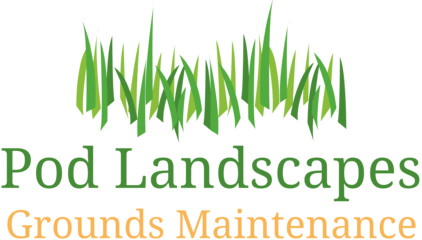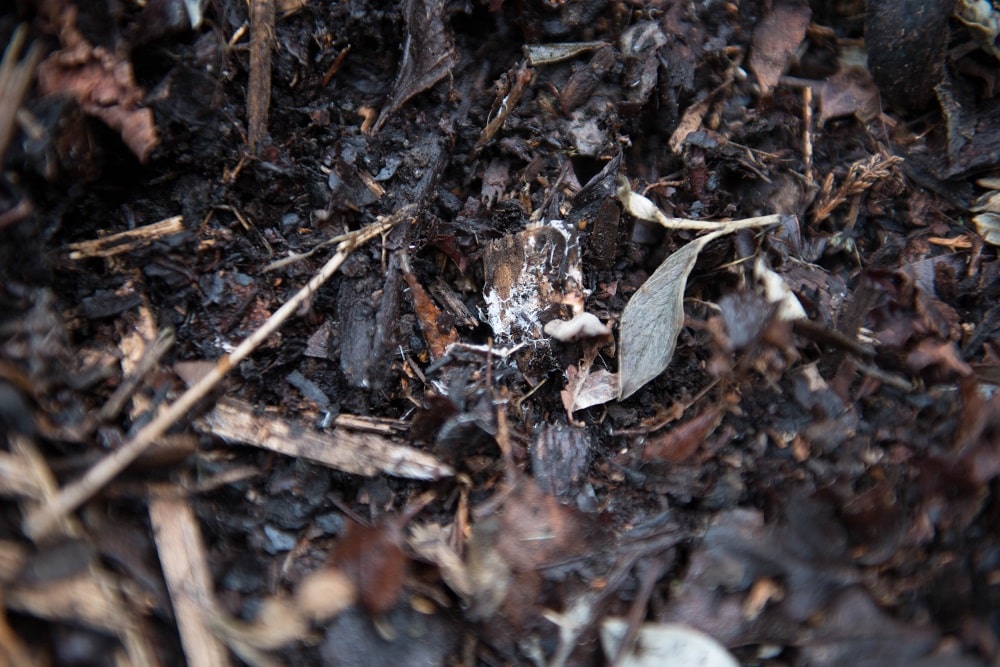When you’re planning out beds or containers for plants in your home or your commercial grounds, you might be tempted to cover the soil up with something. After all bare soil isn’t that appealing, and you want your hard work to look its best. This is a very common thing, and it’s called mulching. Mulching is a popular way of protecting plants, reducing water use and improving your soil quality, and we always recommend our clients have mulch laid in any areas that are planted. Today, we wanted to do a deep dive into the world of mulching, and share with you why we love it so much.
What Is Mulching?
Mulch is a loose covering or sheet of organic material that you lay on top of the soil in flowerbeds, or in containers. The idea is to slowly release nutrients into the soil, which leads to healthier plants, and improves the soil structure, which helps plants build stronger roots. Mulch can come in a variety of different types, including:
- Garden compost
- Wood chippings
- Processed confider bark
- Leaf mould
- Seaweed
There are a few plant types that need specific mulch types – like strawberries, which prefer straw – but most of those are not found in commercial premises.
You might also see a range of materials that count as ‘non-biodegradable’ mulches, including slate, shingle and pebbles. While these may improve the look of your beds, they won’t give any nutritional benefits to the soil or the plants, so we always recommend using biodegradable mulch like the ones above.
Why Is Mulching Beneficial For Your Plants?
There are a lot of different ways that mulching can be beneficial for both your plants and your grounds as a whole. We always recommend mulching for our clients, and here are just a few of the reasons why:
Natural Weed Suppression: One of the biggest advantages of mulching is that it’s a natural weed suppressant. By adding a layer of mulch to your beds you can prevent the vast majority of weeds from being able to grow, giving your plants the best chances at survival and lowering maintenance for you. True, there will be the odd weed that gets through, but that’s much easier to deal with than the alternative.
Better Visual Appeal: Soil on its own can look very variable, especially when too wet or too dry. It can also be disturbed easily and look messy before you know it. A mulch layer helps you to create a clean look, with clear smart edges and healthier plants, so your flowers stand out and your grounds look much tidier no matter what the weather.
Protect Plant Roots: Extreme temperatures are generally not good for plants. They can cause damage to the above-ground plants, but they can usually recover from this. However, if the damage gets down to the roots, then you can start to see problems. Mulch provides an amazing insulation layer that protects those delicate root structures and allows your plants to recover from even the harshest winters and blazing summers.
Improve Soil: Mulch is designed to be incredibly nutrient-dense, so over time as it decomposes it will release more and more good things into the soil for your plants to absorb. Not only that, but it helps the soil retain moisture, which is particularly useful in the summer months, and encourages beneficial organisms that live in the soil and improve the quality.
Pest Deterrent: Pests can be a nightmare for any commercial premises, especially if you deal with a lot of food and food waste. Trying to find ways of keeping them away can be difficult, and once they are on-site they can wreak havoc with your plants, your business and put off customers. The thing about the common pests – like flies, rats and mice, is that they will look for somewhere to live and breed first. Soil is a perfect choice for this, but mulch is not an attractive option. They generally avoid it, which means they are less likely to choose your grounds as their new home.
Low-Maintenance: When it comes to weed suppression and plant growth aids, mulch is one of the best options around. Not only is it cost-effective, but it’s incredibly low maintenance for you. Mulch layers only need topping up once or twice a year, and this involves adding new mulch and mixing it with the old. This introduces new nutrients and adds volume to replace any material that’s decomposed. And if it’s laid correctly, there are very few ways mulching can go wrong.
So if you want your grounds to look good all year round, mulch may be the answer! At Pod Landscapes we provide mulching as part of our flowerbed maintenance, ensuring your grounds look smart and your plants are healthy. If you would like to know more about mulching, or our grounds maintenance packages, just get in touch with the team today to book your free consultation and grounds survey.


